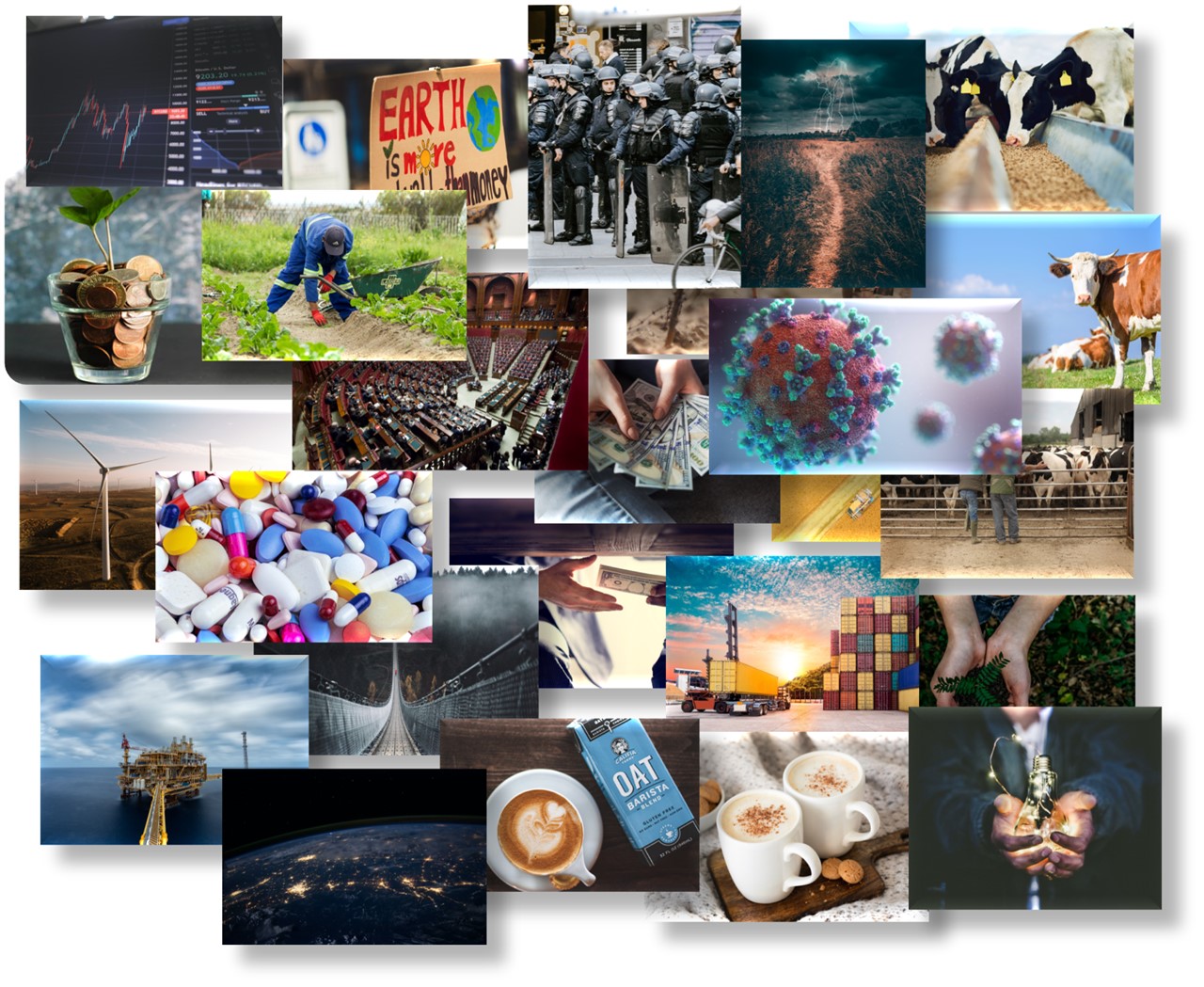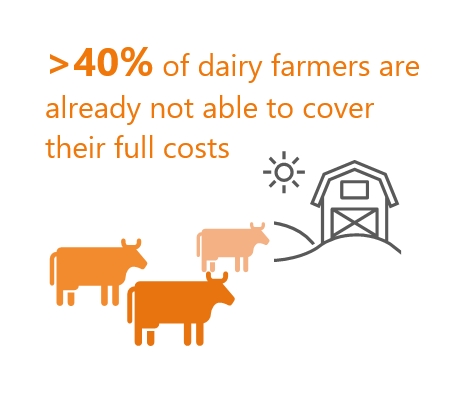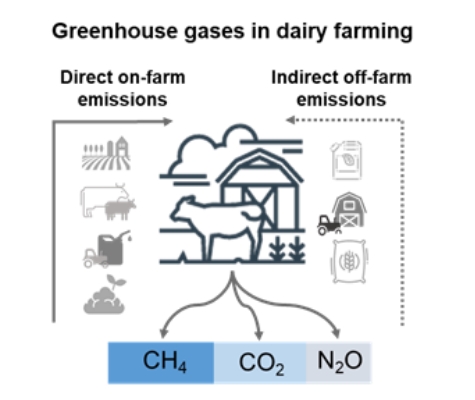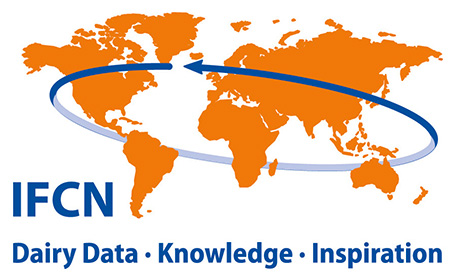
The global economy was under pressure during the pandemic. Value chains were disrupted and uncertainty dominated many sectors. Read how the dairy sector performed during this period and what will be important in 2022.
1. Price volatility intensifies with rising inflation:
The world milk price increased by 23% in 2021, and this increase was due to an imbalance between supply and demand. Dairy products have been promoted as a good source of protein and an important part of the diet to strengthen the immune system. As the number of COVID-19 infections increased, demand for dairy products in Asia and other parts of the world was boosted. Demand for imported dairy products has been particularly strong in the Chinese market, which also increases the future risk to milk prices if exporters focus on only a few trading partners and, towards the end of the pandemic, other countries will not be able to absorb the shortfall in demand. On the supply side, some of the major milk producers and net exporters experienced a tightening of the raw milk pool, driven by high farm input costs, weather-related constraints and increasing uncertainties about the future. Want to know more? Stay up-to-date with our real-time updates.
2. Fragile farm economics make dairy farmers think twice about every penny they invest:
Farmers are facing higher input costs, and the increase in national farm-gate milk prices is often not enough to offset this. The world feed price has already increased 38% in 2021 and will likely remain at this high level throughout most of 2022. The oil price is putting cost pressure on field operations and will continue to do so.

IFCN upcoming events
FREE WEBINAR: Connecting Dairy Data & Knowledge
Other factors include rising fertilizer prices and weather-related constraints (La Niña, etc.) that will limit the upcoming harvest. Crop production will be affected by changes in yields, forage quality, and farmers’ decisions to plant a particular crop. In addition, investment is hampered by the high prices of construction materials and their limited availability. Added to this are the long-term, structural profitability problems of recent years. According to IFCN, a typical farm analysis concluded that more than 40% of dairy farmers are already unable to cover their full costs.
3. Importance of dairy self-sufficiency and food security escalates:
The global supply chain disruption is likely to persist, creating uncertainty for both buyers and sellers. From the buyer’s perspective, there are concerns about long transportation times and product availability, which – assuming moderate prices – leads to stock building and increased import demand. In a market with high price elasticity, self-sufficiency will become even more important to ensure national food security. In addition, some governments are trying to regulate the national market by imposing import taxes and to focus on increasing self-sufficiency in dairy products.

4. Sustainability goals for dairy farming must be defined on the basis of the farming system:
Dairy farming is responsible for 2.2% of total global greenhouse gas emissions. At the same time, dairy cows are part of the ecosystem and their nutritious products feed billions of people, so solutions for sustainable agriculture must be found and measured covering all sustainability dimensions of the farm: environmental, economic, and social. In addition,
solutions must be tailored to each farming system and country to meet all requirements to make dairy carbon neutral without sacrificing other sustainability goals. Read more about how IFCN measures the impact of mitigation strategies for lower dairy sector emissions.
5. The pandemic will continue to have an impact on the dairy industry and dairy workers:
Following the outbreak of the COVID-19 pandemic, the dairy industry adjusted and initially did not experience any major impact on milk price, supply and demand. As the pandemic continues in 2022, the issue of labour availability may affect work on dairy farms, as well as throughout the value chain. This will increase the importance of productivity and may accelerate the adoption of new technologies. Learn more about the digitization of the dairy sector by watching the recording of the 2021 IFCN Supporter Conference.
IFCN past events
IFCN Dairy Processors, People, Profit, Planet Conference 2021
IFCN Dairy Forum 2021
IFCN Supporter Conference 2021
IFCN Online Dairy Conference 2021
